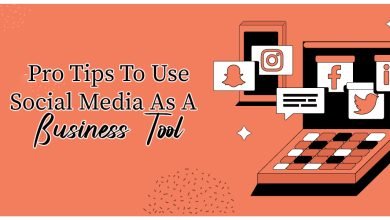The effects of augmented reality (AR) and virtual reality (VR) on e-commerce
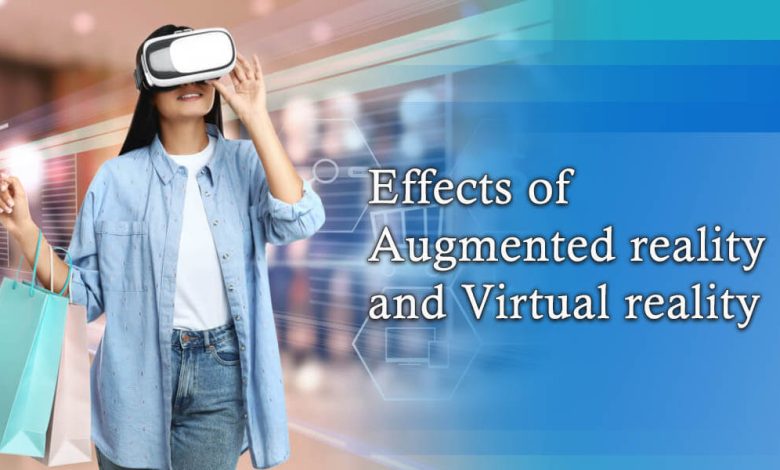
New technologies have transformed how we buy things and engage with products lately. Online shopping has been interested in two fancy technologies: augmented reality (AR) and virtual reality (VR). Consumers can virtually try on products, picture them in actual environments, and make more informed purchasing decisions thanks to AR and VR’s immersive and interactive experiences. Let’s look at how AR and VR impact online shopping.
What is Augmented reality (AR)?
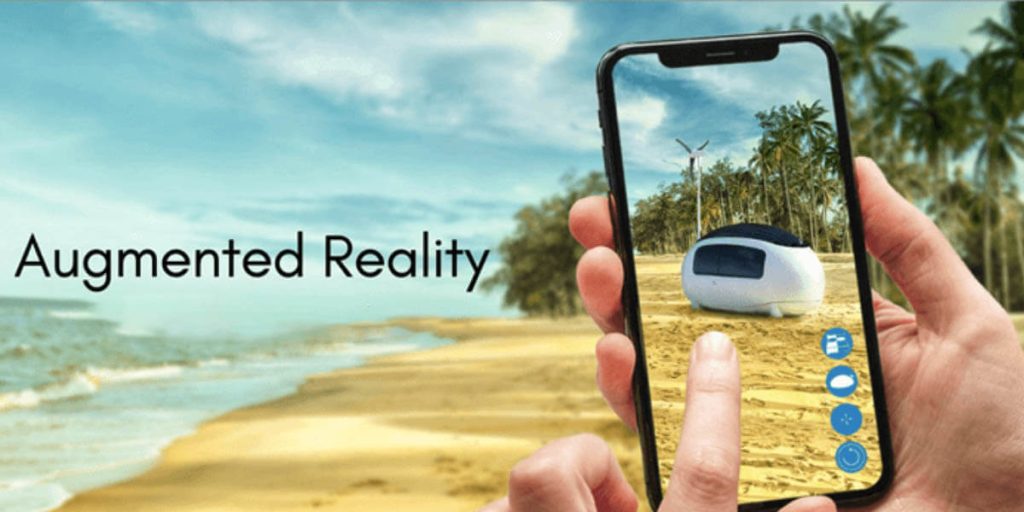
Augmented reality adds computer-made things to the real world, improving what we see and do. Through smartphones, tablets, or AR glasses, users can use AR technology to view digital content in their surroundings.
What is Virtual reality (VR)?
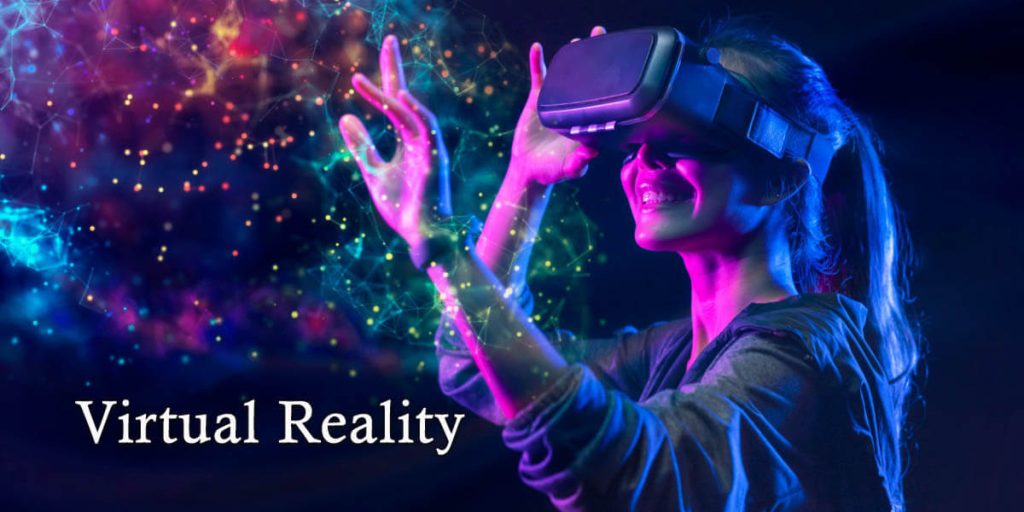
Users are submerged in a virtual world that can be explored and interacted with using VR headsets when using virtual reality, which creates an entirely simulated environment. Users of VR technology can have a completely immersive experience free from outside distractions.
Here are some effects of AR and VR on e-commerce.
Increased Customer Satisfaction and Confidence:
With AR and VR, shoppers can pick things to buy with more confidence and less chance of feeling bad later. They can also try on clothes, makeup, and glasses virtually to see their appearance, which helps them feel sure about their choice. The rate of product returns is reduced, and customer satisfaction is increased due to this interactive experience.
Bridging the Online-Offline Gap:
The inability of customers to touch, examine, or try products in person has been a significant hurdle for e-commerce. By depicting physical goods visually, AR and VR technologies close this gap. A sense of tangibility mimics in-store shopping experiences by allowing customers to rotate, zoom in, and inspect products in 3D. This link between online and offline environments improves customer engagement and fosters trust.
Displaying Customization Options:

AR and VR allow customers to customize products in real-time, providing a more individualized shopping experience. People can change how a product looks – like its colours, sizes, and stuff – to match what they like.
Purchase Process Simplification:
AR and VR technologies streamline purchasing by reducing potential barriers. When AR and VR show things well and give exact sizes, shoppers feel more sure about buying. These technologies also let people pay for stuff without leaving the virtual world, which makes buying easier.
Increasing Customer Engagement and Marketing:
AR and VR tech lets companies talk to customers in cool ways and make fun ads. They show how things work in a fun way and make virtual stuff people enjoy. This gets customers more interested and loyal to the brand and helps the company be different online by using games, stories, and fun things to do.
Overcoming Physical Limitations:
AR and VR tech help stores avoid problems like needing more space, especially for furniture, home decorations, and clothes. Customers can virtually place furniture in their homes to see how furniture will fit and enhance their existing space. Similarly, they can virtually try on clothing and accessories without using actual samples.
Reducing Return Rates:
The high rate of product returns, which affects e-commerce retailers’ profitability, is one of the challenges they face. With AR and VR, customers can try stuff on virtually and see how they look in real life. This helps them send things back. Seeing things this way makes it easier to pick the right stuff and stops them from getting things they thought would be different and then sending them back.
Despite the great potential that AR and VR hold for e-commerce, issues remain to be resolved. For retailers, adoption and integration can be difficult and expensive. To implement these technologies, hardware, software development, and user experience design investments are needed. Another technical difficulty is ensuring compatibility across various platforms and devices. Additionally, addressing data security and privacy issues is essential to preserving customer trust in immersive shopping experiences.
Future Perspectives and Innovations:
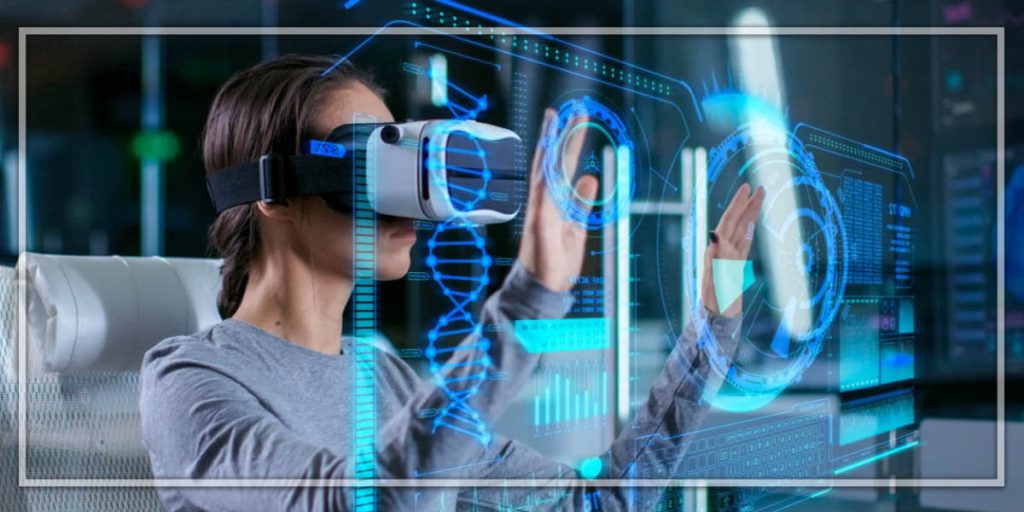
As AR and VR technology advances, so will e-commerce’s exposure to these platforms. Better things like cooler cameras, light AR glasses, and awesome headsets will make shopping online cooler. When AI-powered helpers give you ideas and suggestions just for you, it makes you enjoy shopping more. And to make shopping feel even more like real life, neat touch technologies let you feel stuff.
Virtual Showrooms and Virtual Try-Ons:
Thanks to AR and VR, retailers can build virtual showrooms and stores where customers can browse goods and make purchases. Customers can browse products and interact with virtual salespeople while exploring a virtual store. Customers can “try on” makeup, hairstyles, or jewelry virtually with virtual try-on features, which improves the online shopping experience.
Using AR and VR in online shopping can make brands different. They can become more special to customers by giving them cool and immersive experiences. When brands use these technologies early, they can be better than others and have a good advantage.
Shopping that is social and interactive:
AR and VR technologies can change social commerce and produce interactive shopping. Social media integration by retailers enables customers to share their online shopping experiences and get immediate feedback from friends and followers. Interactive components such as multiplayer games or online shopping promote community and engagement.
Virtual Sizing and Fitting:
AR and VR technologies tackle issues with sizing and fit in e-commerce. Customers can “try on” clothing virtually in virtual changing rooms to see how it suits them. RRemoving fit uncertainties lessen the possibility of returns brought on by size discrepancies. Accurate sizing details and virtual fittings improve the entire customer experience and increase trust in online purchases.
Because of AR and VR, people can immediately see how custom things look. Like when they design furniture, jewelry, or unique clothes. This makes customers like it more, be happier with what they buy, and gives stores chances to offer more things they might like.
Data analytics and personalization:
AR and VR gather useful customer interaction, preference, and behavior data. When stores use your likes to suggest things and give you special offers, shopping is better for you. This way, they make you shop more and keep coming back.
Reduced Showrooming:
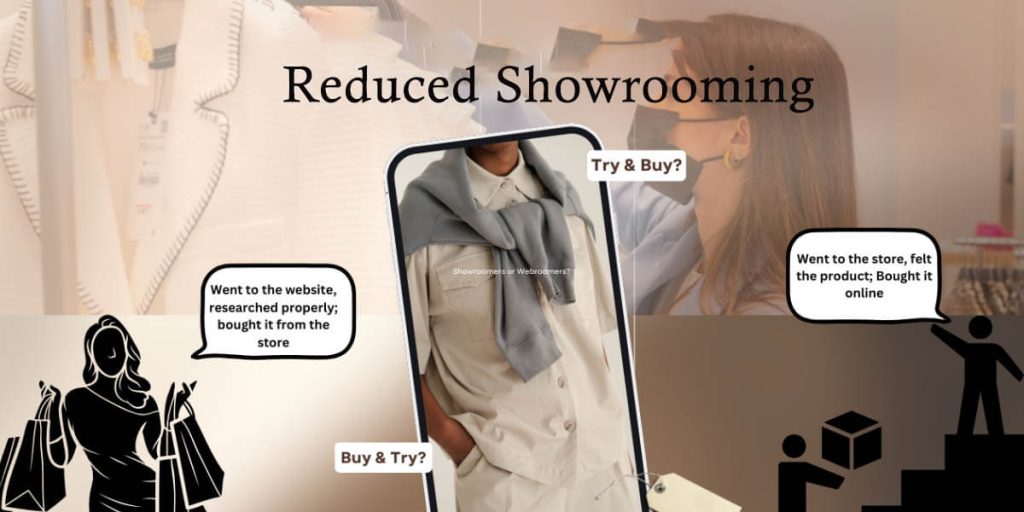
It has been difficult for brick-and-mortar retailers, where customers examine products in person but buy them later online; by offering an online shopping experience that is as rich and immersive as the one in-store, AR and VR technologies help to address this problem. Customers no longer need to physically visit a showroom to browse products, access comprehensive information, and make informed purchases.
Increased Customer Engagement:
AR and VR produce incredibly captivating and interactive experiences that capture and hold customers’ attention for longer. These innovations capitalize on our natural propensity for exploration and curiosity to enhance the pleasure and novelty of shopping. The immersive nature of AR and VR keeps customers engaged, reducing bounce rates and increasing the likelihood of conversions.
Social Proof and User-Generated Content:
AR and VR can leverage social proof by incorporating user-generated content. With AR and VR, folks can instantly see how their custom stuff will look, like furniture, jewelry, or special clothes. This makes customers happier with their choices, and stores can suggest more things they might enjoy.
Opportunities for Cross-Selling and Upselling:
AR and VR professionals to showcase related products or accessories in a contextual and visually compelling manner. Customers may be offered shoes, bags, or jewelry options that go well with the virtual outfits they are trying on. Cross-selling and upselling are made easier, raising revenue and order values.
Improved Remote Customer Support:
AR and VR technologies enable real-time remote customer support and assistance. Shoppers can talk to virtual helpers or salespeople who give advice, answer questions, and suggest things just for them. This helps improve shopping, especially for those who can’t easily go to real stores or need extra help.
Digital Advertising and Marketing Opportunities:
AR and VR make new and cool chances for online ads and marketing. Brands can create immersive and interactive ads that allow customers to engage with products, virtually try them on, or explore product features captivatingly.
Final Thoughts
AR and VR have changed online shopping a lot. People can now have cool and personal shopping experiences. These technologies combine online and offline shopping so customers can see and try things virtually and feel more sure about buying. AR and VR make shoppers happier, send back less stuff, and make them like brands more. But making these technologies work well together is important. With more improvements, AR and VR can change online shopping and make it super fun to shop at home.




